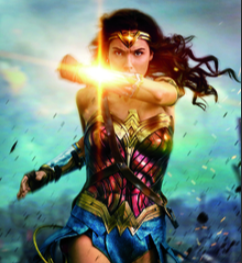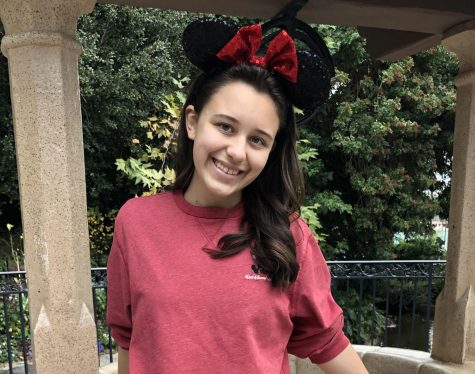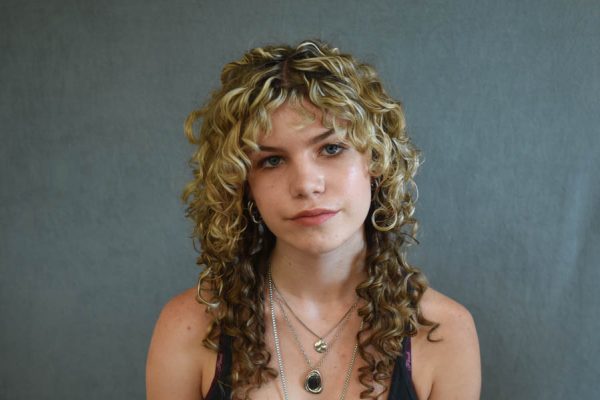Female Villains Need the Same Depth As Male Counterparts

This image shows Wonder Woman in a promotion for the first film of the Wonder Woman franchise. In the second movie, the villain opposite of her falls into many stereotypes female villains are subject to today.
February 9, 2021
Nothing is better than seeing yourself on the big screen. For women, seeing themselves as the hero rather than the “damsel in distress” archetype is empowering. However, even if the protagonist is a well written woman, it’s important to look towards other characters for their portrayals too,a big one being the villain.
One good comparison is the film Wonder Woman 1984, because while Wonder Woman herself is very well written, the vast differences between the male and female villain in the movie are something extremely important to note.
Overall the film was incredible, and achieved the point of assisting the watcher in escaping the current world. Despite it’s length of 151 minutes, it never fails to be entertaining and promotes the idea of the world being saved(something that’s desperately needed right now).
However, while seeing Wonder Woman on screen fighting to save the world, the portrayal of Barbra, otherwise known as Cheetah, is underdeveloped and stereotypical.
Barbra is introduced as an intelligent, quirky and clumsy co-worker of Dianna. She is tasked with identifying trafficked objects from a jewelry store that did this underground, and while she thinks one of the artifacts is a fake, it turns out to be an ancient object that allows you to have your greatest wish. Barbra then wishes she could be like Dianna-strong and beautiful. It works, however like most objects of power have a catch, which is that you lose the best part of yourself. Barbara lost her kindness and humanity.
A large stereotype is used in the fact that despite Barbra being so much more, she reduces herself to looks. While this may not seem important, it can add to many real world people falling to stereotypes like this, with women internalizing it themselves.
One of the biggest problems is seen when looking at the male villain in the story, Maxwell Lord. Lord is a con man whose tricks are catching up to when taking the ancient object for himself. While he makes many horrible decisions in the film, all is forgiven in the end when he gives up the object for his son. All his evil is suddenly traced back to a bad childhood and suddenly he is a “complex character.”
When looking at Barbra, the other villain in the film, she gets no such ending. Her actions are explained with a surface level depth of her “never being pretty enough” or “never paid attention to.” Even at the conclusion of the film, Barbra still has yet to have a redeeming factor as Maxwell Lord was. They don’t even finish her storyline, despite every promo and trailer pointing to her as a large character. She’s close to Diana and turns evil, yet the man who barely has relation to the story is given so much more.
You can even look at Disney to these archetypes. Female villains are often not only cruel but intentional and manipulative. The male ones however are seen as dumb and not necessarily understanding their actions. You can see this in countless female villains like Maleficent and Cruella DeVille, while male ones like Gaston have a completely different tone surrounding them.
It may seem pointless because they are kids movies, but children absorb everything. They see the female villains as being intentionally cruel, while the male ones being dumb and/or forgiven at the end of the film. When these kids are grown, they then take these stereotypes into the world.
It manifests itself in a man being labeled as “ambitious” for going after a big job while a woman is a “snake.” It is important to recognize these stereotypes and films acting upon it, to then take steps to personally throw out that manner of thinking. You can enjoy a movie like this, while still recognizing it’s missteps.


